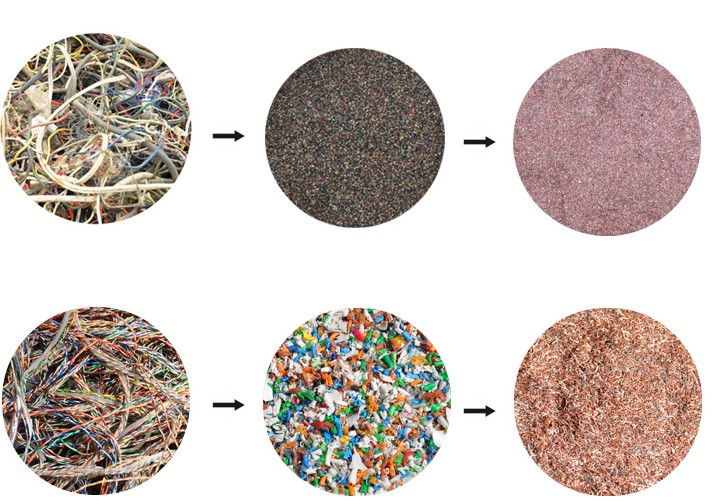

ਅਕਤੂਃ . 31, 2024 02:53 Back to list
Eddy Current Waste Separation A Sustainable Solution
In recent years, the issue of waste management has become increasingly significant as urbanization and industrialization result in a growing volume of waste generated globally
. Among the innovative technologies emerging to tackle this problem is eddy current waste separation—a method that utilizes the principles of electromagnetism to effectively separate non-ferrous metals from mixed waste streams.The eddy current separation process begins with the sorting of waste into different material types. Once the waste is pre-processed, the stream containing non-ferrous metals, such as aluminum and copper, is directed into a specialized conveyor belt system equipped with an eddy current separator. The core component of this technology is a rotating magnetic field produced by a magnetic rotor. When the non-ferrous metal particles pass through this magnetic field, they experience an induced electrical current, known as an eddy current, which generates a repulsive force.
This repulsive force causes the non-ferrous metals to be ejected away from the waste stream at a precise angle, allowing for effective segregation from other materials. Consequently, metals that are otherwise entangled with plastics and organic materials can be recovered with high efficiency. The separation process is fast, typically capable of processing large quantities of waste per hour, thereby making it a viable option for waste management facilities.

One of the key advantages of eddy current waste separation is its contribution to resource recovery and recycling. By efficiently extracting valuable materials from waste, the process reduces the need for virgin raw material extraction, subsequently lowering the environmental impact associated with mining and production. Additionally, by promoting recycling, the technology aids in minimizing landfill waste, which is crucial for sustainable waste management practices.
Moreover, eddy current separation is versatile and can be integrated into existing waste management systems. Its adaptability allows for easy upgrades to facilities looking to enhance their recycling capabilities. As environmental regulations become more stringent and public awareness of waste issues increases, the demand for effective separation technologies like eddy current systems is likely to rise.
In conclusion, eddy current waste separation represents a forward-thinking approach to managing the challenges posed by waste disposal and resource recovery. By harnessing electromagnetic principles, this technology not only streamlines the recycling process but also supports a circular economy, promoting sustainability and resource efficiency in an increasingly waste-conscious world.
Latest news
Troubleshooting Common Eddy Separator Problems
NewsJul.04,2025
The Role of Metal Recycling Plants in Circular Economy
NewsJul.04,2025
The Impact of Recycling Line Pickers on Waste Management Costs
NewsJul.04,2025
Safety Features Every Metal Shredder Should Have
NewsJul.04,2025
How Industrial Shredders Improve Waste Management Systems
NewsJul.04,2025
How Cable Granulators Contribute to Sustainable Recycling
NewsJul.04,2025